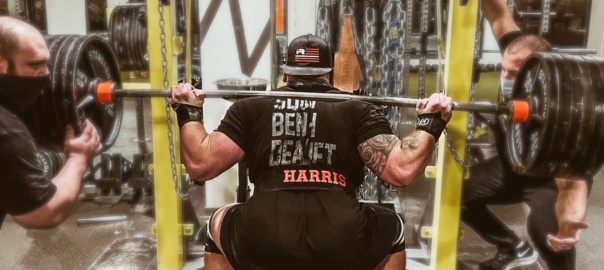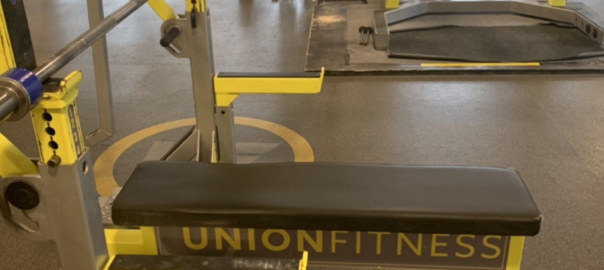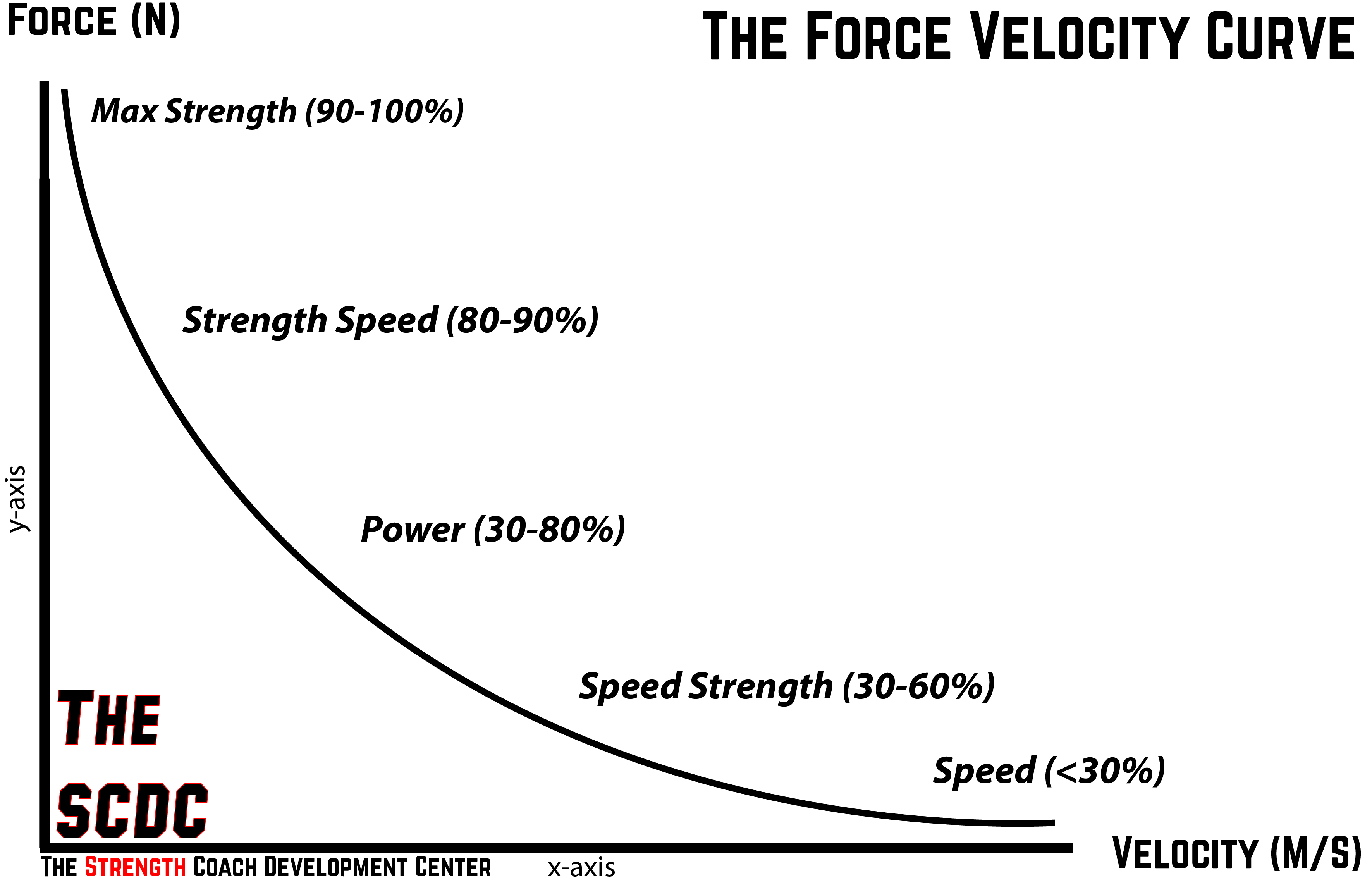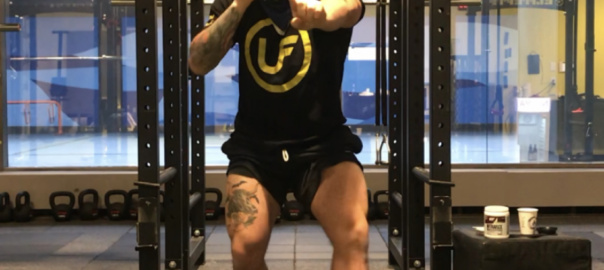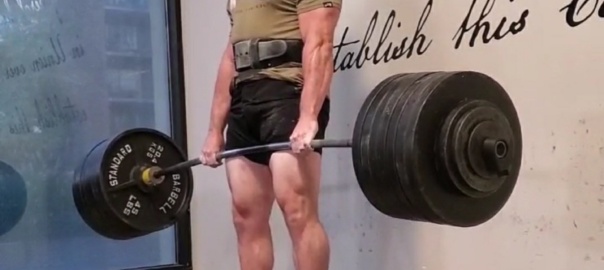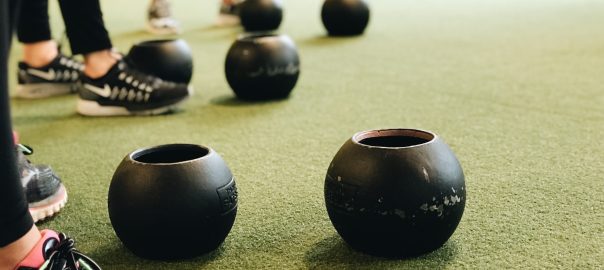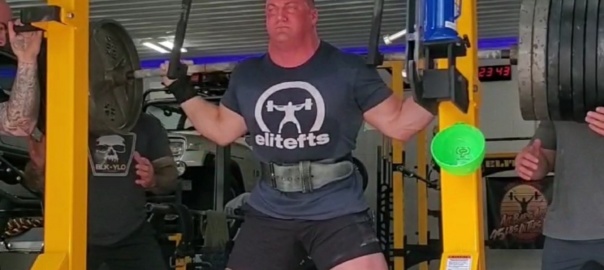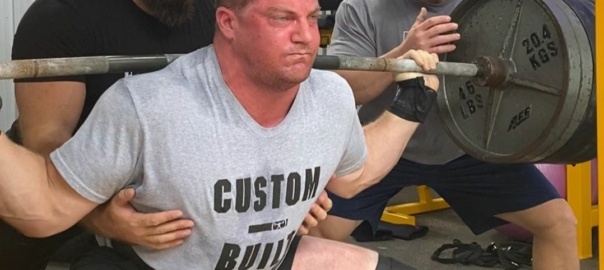Earlier this week, our General Manager Todd Hamer wrote a blog about his good friend who recently passed away and the importance of showing up, even at times when you may not feel like it. This can help those close to you in more ways than you might know. If you haven’t read it, be sure to slide over and give it a quick read. It may be just what you need to hear right now. Today, going along with what Todd touched on, I am going to discuss the importance of showing up for yourself. More specifically, the importance of just showing up to train, even when you don’t feel motivated.
If you’ve been training for any decent amount of time, then you have certainly experienced your share of a lack of motivation. When you were new to training, motivation was something that was much easier to come by. You had this vision in your head of what you wanted to accomplish, and woke up every day just waiting to be able to walk into the gym. Over time you realized that this is a very challenging journey filled with many ups, downs, and crossroads along the way.
In today’s world, it can be easy to believe that if you aren’t moving forward then you aren’t making progress. Well I’m here to tell you that just showing up can lead to much progress and success. As humans, we cannot be full throttle at all times. Imagine driving your car as fast as it will go at all times. It won’t last very long. We are no different. If we are constantly pushing forward without pulling back on occasion, bad things will happen, and we may inhibit our ability to see through the road ahead. This is where it can be necessary to simply “just show up”.
Being in cruise control at times is not a bad thing. It can help you reset, refocus, gain a new perspective, and analyze your current situation. This can all provide an opportunity for growth and progression in the future. Recently, I’ve just been showing up. Part of this is to help my training partners, members, and friends at the gym, and some of it is for me and my mental health. Although my routine is a bit different from what it typically would be, it is what I need for the time being in order to reset and rebuild for future opportunities and progress. Not just with lifting, but life as well.
Sample training week:
Day 1:
Pit shark goblet squat: 5×8 w/ 2 second pause
Leg press: 7x 20, 15, 12, 10, 12, 15, 20
Bulgarian split squat: 4×10 each leg w/3 second eccentric
GHR back extension: 4×15 w/2 second pause
Hanging leg raises: 4×15 (strict)
Day 2:
Bench press: 5×5 w/2 chains per side
Incline DB press: 3×20
Barbell tricep extension: 5×10
Single arm rows: 5×10 each arm
TRX face pulls: 4×15 (slow and controlled)
Day 3:
SSB good mornings: 5×5
Banded RDL: 4×10 w/band around hips (3 second eccentric)
Bent over barbell rows: 5×10
Hammer curls: 5×12
Ab rollouts: 4×12
Day 4: Optional
Fatbell bench press: 10×10 w/60 seconds rest
Weighted dips: 5x 20, 15, 12, 10, 8
DB OH press: 4×10
Lat pulldowns: 5×12
Lying fatbell tricep extensions: 5×10
